Ever noticed how people talk about the best hair transplant doctors in Turkey as if it’s just about the clinic? The truth is, it’s the surgeon’s hand, not the brand, that shapes your hairline for life. And that’s something we’ve seen first-hand.
As the Istanbeautiful team, we’ve spent months visiting leading hair transplant clinics in Istanbul from Kadıköy to Nişantaşı, meeting the doctors themselves, watching consultations, and listening to real patient stories. What we found was eye-opening: two clinics can look identical online, yet deliver completely different results because of who actually performs the surgery.
According to the International Society of Hair Restoration Surgery (ISHRS), global hair transplant procedures jumped over 60% in the last five years, but so did unlicensed operations.
That’s why the Turkish Ministry of Health now requires clinics to hold an official “Hair Transplant Unit Operating License” and employ at least one certified medical aesthetic physician. It’s regulation with real teeth, and it filters out many “technician-led” setups that give Turkey’s market a bad name.
The result? Istanbul now stands as a hub of doctor-led hair restoration, where names like Dr. Ahmet Murat, Dr. Mehmet Erdoğan, Dr. Gökay Bilgin, Dr. Güncel Öztürk, Dr. Servet Terziler, Dr. Ömer Aykut Sumer, and Dr. Resul Yaman have built reputations not through influencer marketing, but through consistent, natural outcomes.
Here’s what surprised us: each doctor’s approach feels almost like a signature. One focuses on angle precision, another on density balance, another on post-op care philosophy. Choosing between them isn’t about who’s “famous”, it’s about which method matches your hair type, donor area, and long-term plan.
Istanbeautiful team insight: “If you’re researching hair transplant surgeons in Turkey, don’t just Google ‘best clinic.’ Ask: who designed this hairline, and who held the punch? That one question changes everything.”
Istanbul Shortlist: The Best Hair Transplant Doctors in Turkey
Dr. Ahmet Murat – Hermest Hair Transplant Clinic, Kadıköy
During our visit to Hermest Hair Clinic, it felt less like a clinic tour and more like a masterclass. Dr. Ahmet Murat personally designs each patient’s hairline and performs critical stages using his proprietary UNIQUE FUE® technique, a refined evolution of traditional FUE that focuses on maximizing graft survival while maintaining natural density.
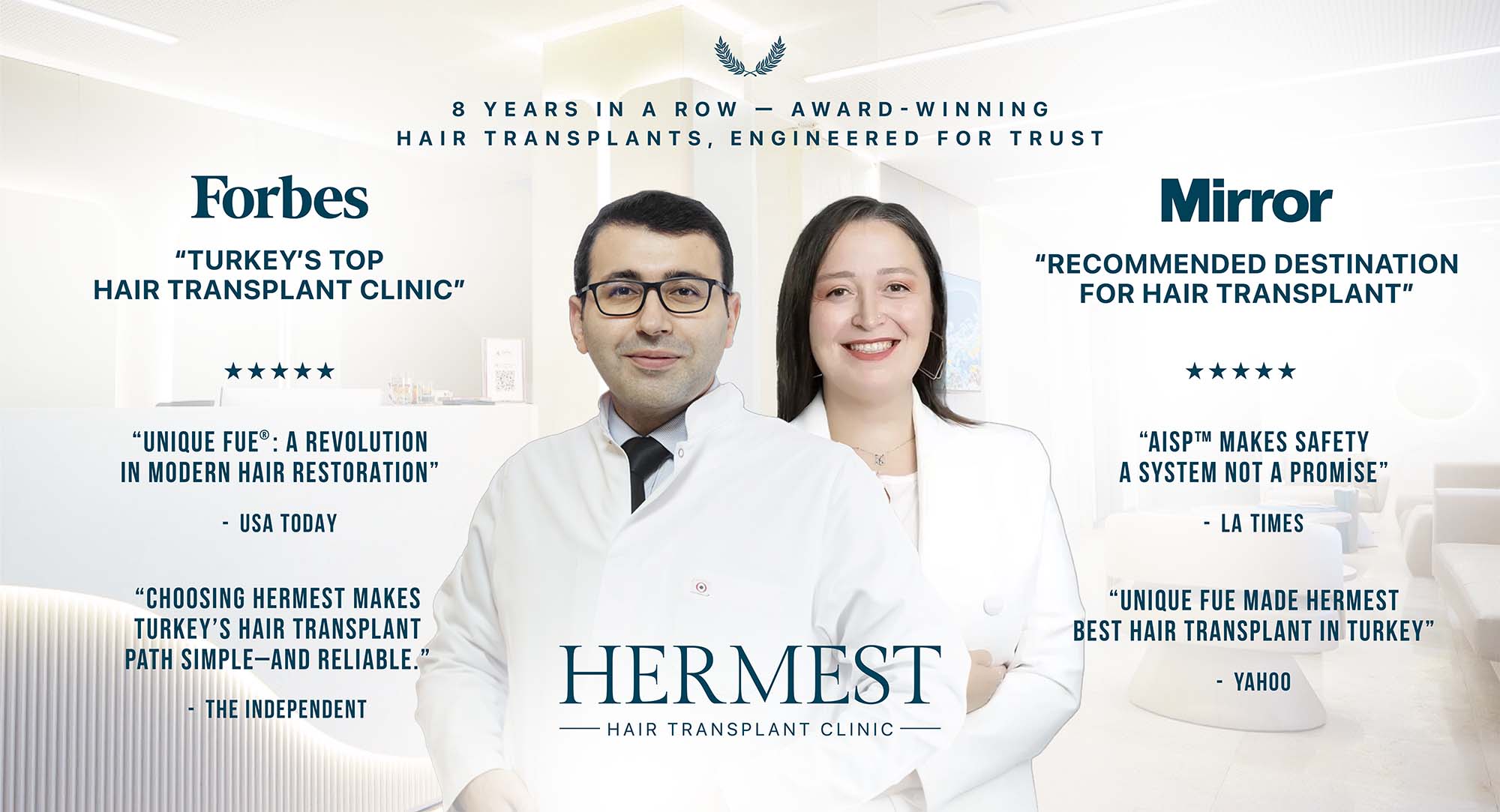
He pairs it with what he calls the AIS Protocol, which ensures each follicle is implanted at the correct angle and direction. According to PubMed research (Sethi & Bansal, J Cutan Aesthet Surg., 2013), methods similar to DHI and modified FUE show higher graft viability when angles are preserved under direct control, exactly what Hermest applies in practice.
Dr. Murat performs only one or two surgeries per day. He checks donor areas himself, marks every design line, and monitors implantation density with surgical magnification. It’s not flashy. It’s deliberate.
Istanbeautiful team insight: “At Hermest, we didn’t just see surgery, we saw discipline. The assistants waited for his nod before each channel. It felt surgical, not production-based.”
Note: Please fill out the form at the bottom of the page to reach Hermest Clinic to get a quote and consultation, plus special discount.

Dr. Mehmet Erdoğan & Dr. Gökay Bilgin – Smile Hair Clinic, Ataşehir
Co-founders of Smile Hair Clinic, Dr. Mehmet Erdoğan and Dr. Gökay Bilgin are known globally for doctor-led FUE and DHI operations and their Smile True™ planning system, which combines digital mapping and natural design philosophy.
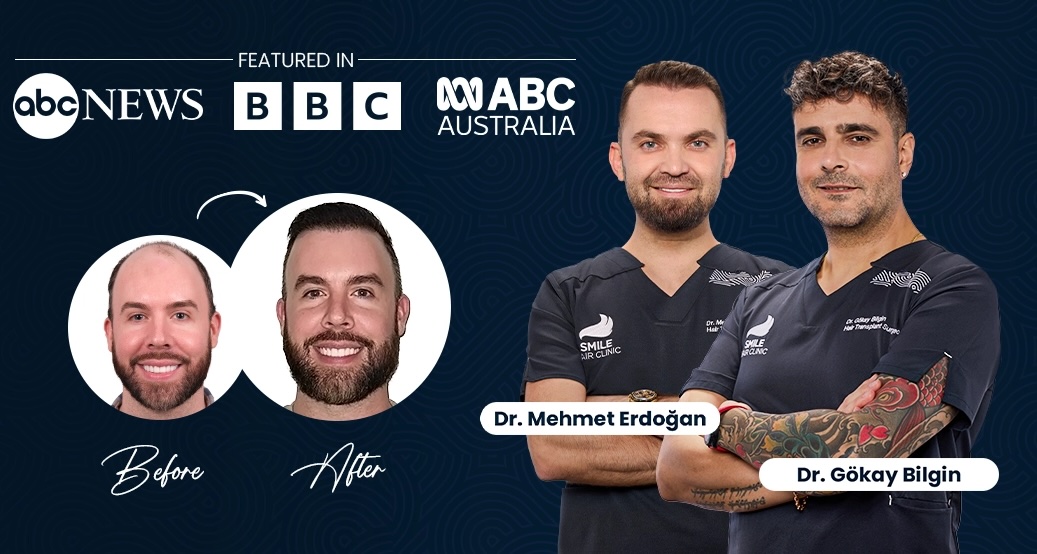
Their results tend to favor balanced density, not aggressive graft counts, creating hairlines that look authentic even under harsh lighting. The pair’s surgical background gives them an edge in planning crown and temple angles, areas where most procedures fall short.
According to ISHRS global data, 87% of unsatisfactory cases come from improper angle direction and channel alignment, an area both doctors emphasize heavily in training their team.
Istanbeautiful team insight: “They approach every head like an architectural plan, symmetry first, then volume. You feel that precision in their consultations.”
Note: Please fill out the form at the bottom of the page to reach Smile Clinic to get a quote and consultation, plus special discount.

Dr. Güncel Öztürk – HairNeva Clinic, Nişantaşı
Aesthetic surgeon Dr. Güncel Öztürk stands out for blending plastic surgery artistry with hair restoration. His clinic, HairNeva, focuses on Sapphire FUE and facial hair design such as beard, eyebrow, and temple transplants where millimeter-level control defines success.

Dr. Öztürk’s reconstructive background means he often handles complex revision or repair cases from failed operations. He emphasizes proportion and natural flow over density obsession. During our visit, his patient photos felt almost cinematic, subtle temple curvature, soft gradients, and no artificial lines.
He frequently references both ISHRS standards and AAD (American Academy of Dermatology) guidelines for scalp health before surgery, ensuring candidates meet medical suitability first.
Istanbeautiful team insight: “Dr. Güncel spends as much time saying no to unsuitable cases as others do selling packages. That honesty might save your donor area.”
Note: Please fill out the form at the bottom of the page to reach HairNeva to get a quote and consultation, plus special discount.

Dr. Servet Terziler – Dr. Terziler Exclusive Clinic, Nişantaşı
Stepping into Dr. Terziler Exclusive Clinic feels like entering a private medical suite, not a mass-market hair center. Dr. Servet Terziler, one of the most recognized hair transplant doctors in Turkey, personally supervises each operation and is known for combining medical accuracy with patient comfort.
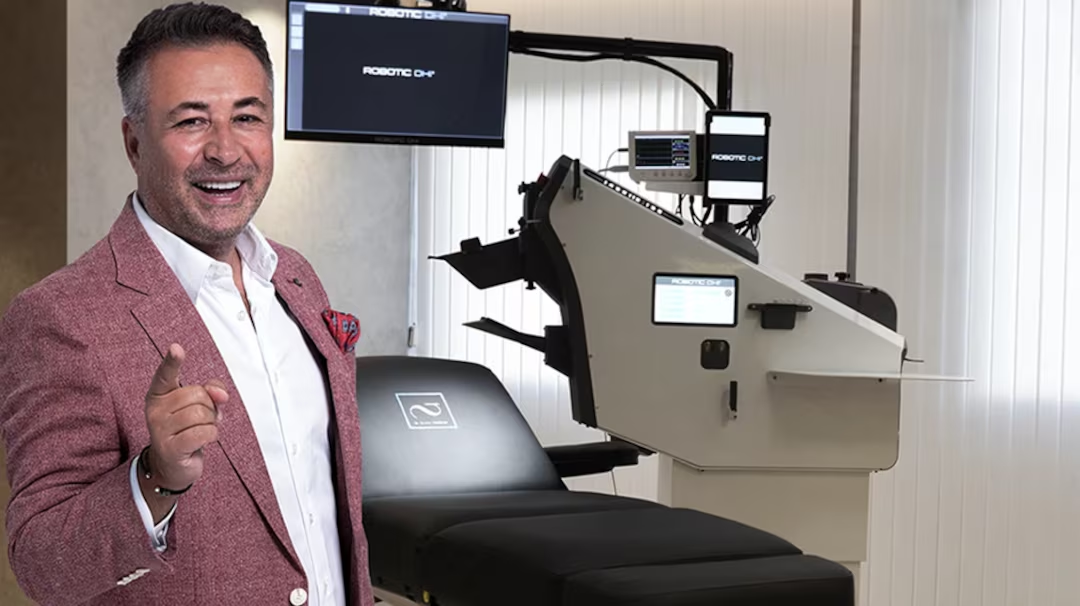
His focus? Refinement. He specializes in high-profile and VIP procedures using advanced Sapphire FUE tools and state-controlled anesthesia systems for minimal trauma and shorter healing times. During our visit, his team emphasized that the surgeon’s presence in every phase is non-negotiable, a policy that aligns with Turkish Ministry of Health licensing requirements for doctor-led clinics.
According to ISHRS 2024 Census Report, clinics where surgeons perform fewer than two daily procedures report 22% higher graft survival rates. Dr. Terziler’s one-patient-per-day schedule fits that data exactly.
Istanbeautiful team insight: “He’s obsessed with proportion, not just hairlines but how they match face structure. He sketches, adjusts, and only moves forward when it feels right.”
Note: Please fill out the form at the bottom of the page to reach Dr Terziler Clinic to get a quote and consultation, plus special discount.

Dr. Ömer Aykut Sumer – MedArt Hair, Şişli
At MedArt Hair, Dr. Ömer Aykut Sumer combines 20 years of aesthetic surgery experience with a data-driven approach. He’s known for his calm, methodical FUE and DHI technique blend that prioritizes donor conservation, something often overlooked in high-graft operations.
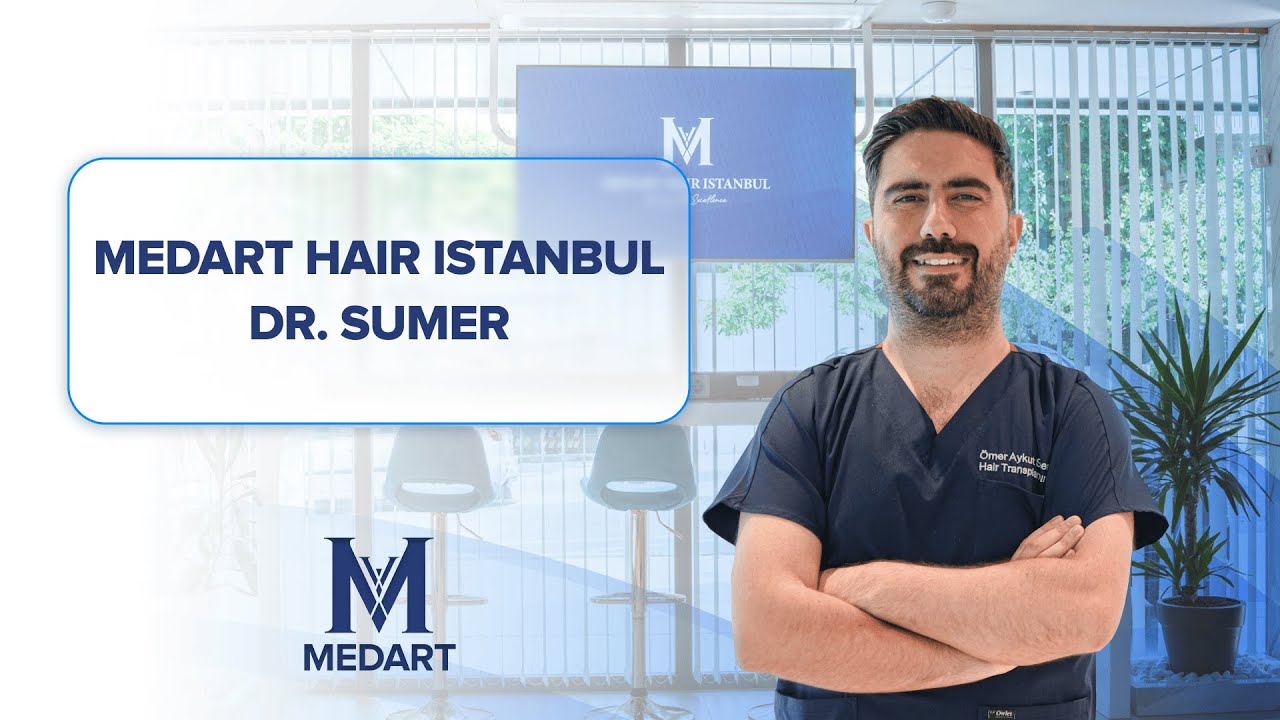
MedArt’s clinical environment impressed us with its transparency: patient charts displayed donor-to-recipient ratios, graft distribution maps, and real-time magnified extractions. Dr. Sumer personally calculates safe extraction limits to prevent “overharvesting”, a major cause of patchy donor areas according to AAD research on surgical hair restoration outcomes.
Istanbeautiful team insight: “He told us, ‘Anyone can implant hair. The challenge is leaving enough for the next twenty years.’ That sums up his entire philosophy.”
Note: Please fill out the form at the bottom of the page to reach MedArt Hair Clinic to get a quote and consultation, plus special discount.

Dr. Resul Yaman – Yaman Surgery Center, Levent
Dr. Resul Yaman has become a go-to name for hairline repairs and high-density FUE in Istanbul. His proprietary Modified FUE System combines manual extraction with a controlled implantation tool to reduce graft handling and increase survival.
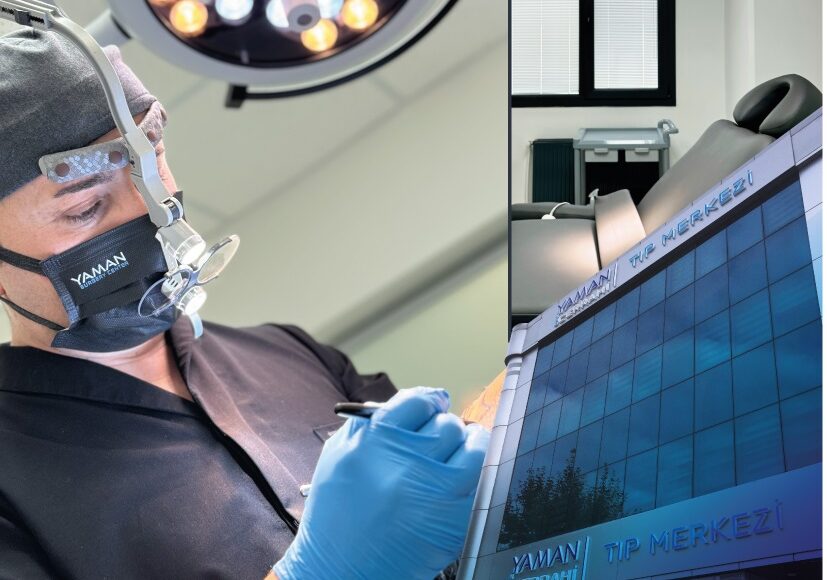
According to a 2024 study on FUE complication management published in Symposium: Hair in Derm, surgeons using semi-manual extraction tools reported lower transection rates and faster donor recovery. Dr. Yaman’s technique mirrors that finding closely.
His center’s atmosphere felt medical yet personal, detailed briefings, realistic timelines, and no exaggerated promises. Every consultation ended with a clear growth-phase plan and long-term maintenance schedule.
Istanbeautiful team insight: “Dr. Yaman’s confidence isn’t from marketing, it’s from math. He tracks survival rate, density per cm², and even hair angle deviation like a scientist.”
Note: Please fill out the form at the bottom of the page to reach Dr. Yaman Clinic to get a quote and consultation, plus special discount.

How We Picked These Doctors
Here’s the thing most people don’t realize: in Turkey, not every “doctor-led” hair transplant actually involves the doctor doing the work. Some clinics use their surgeon’s name in ads, but on surgery day, a team of technicians performs 90% of the operation.
That’s exactly why our Istanbeautiful team created strict selection criteria for this list of best hair transplant doctors in Turkey. Each surgeon here personally performs or supervises the critical stages: hairline design, channel opening, and final density control. This isn’t about prestige; it’s about medical ethics and results that age well.
According to the International Society of Hair Restoration Surgery (ISHRS), over 25% of global hair transplant complications stem from procedures led by non-physicians. The Turkish Ministry of Health has tightened regulations to combat this, requiring licensed doctors and registered facilities to hold a “Authorization Certificate”. That means every clinic featured here is authorized, compliant, and operates within Turkish medical law.
Our evaluation focused on seven key pillars:
- Doctor involvement: Who designs, who extracts, who implants?
- Certification & licensing: Verified through official Ministry databases.
- Technique mastery: Proficiency in FUE, DHI, and Sapphire methods.
- Natural design skills: Measured through consistent before/after patterns.
- Patient communication: Transparent consultations, no package traps.
- Aftercare and follow-up: Doctor availability post-surgery.
- Peer reputation: Industry recognition and patient feedback.
When you walk into a truly doctor-led clinic, you feel it instantly. There’s calmness, precision, and a clear medical rhythm. The conversation is about graft angles, not marketing angles. And that’s what makes this shortlist stand apart, doctors who still treat every transplant like a medical procedure, not a transaction.
Techniques and Technologies in Hair Transplantation
About the main methods
When people ask which is better; FUE, DHI, or Sapphire FUE and they often expect a simple answer. But after visiting multiple top hair transplant clinics in Istanbul and talking directly with surgeons, we realized something: the “best” technique depends less on the method itself and more on how precisely it’s applied to your scalp.
Let’s start with the basics.
FUE (Follicular Unit Extraction) is the most common technique in Turkey. It involves extracting individual hair follicles from the donor area (usually the back of your head) and implanting them into thinning zones. Modern FUE avoids linear scars and allows fast healing.

DHI (Direct Hair Implantation) uses a Choi implanter pen, placing grafts directly without pre-cut channels. It’s slower, more detailed, and ideal for smaller or high-precision zones like temples or hairlines.

Sapphire FUE, a variation of FUE, uses sapphire-tipped blades instead of steel. This enables finer incisions, less tissue trauma, and faster recovery.

According to a 2024 PubMed review on FUE advancements, sapphire blades can reduce healing time by 15–20% and yield more uniform graft density when handled by trained surgeons. That’s a key phrase “when handled by trained surgeons”. Technique alone doesn’t guarantee quality; execution does.
Matching method to your case
So how do you know which fits you? If you have advanced thinning or require many grafts, FUE often wins for speed and coverage.
If your goal is precision, say, rebuilding temples, beard, or female frontal zones, DHI provides finer control.
And if you’re prone to scarring or want a shorter downtime, Sapphire FUE might be the sweet spot.
Istanbeautiful team insight: “The right technique isn’t what’s trending, it’s what protects your donor area for the next 20 years.”
Tools and innovation shaping
The top hair transplant doctors in Turkey now pair these techniques with digital planning systems and magnification tools. We’ve seen clinics using micromotor extraction devices calibrated by torque, 3D scalp mapping, and AI density analysis to predict growth patterns.
According to the ISHRS Annual Census 2024, clinics using hybrid tech tools report graft survival rates exceeding 95%. Technology matters. But artistry and surgeon focus still make or break a transplant.
Hair Transplant Prices and Packages in Turkey
Ask ten clinics in Istanbul about hair transplant prices in Turkey, and you’ll likely get ten wildly different answers. Some quote €1,200 all-inclusive; others start at €3,000 and climb from there.
What most people don’t realize is that cost variation has less to do with geography, and everything to do with who performs the surgery, how many grafts are implanted, and the clinic’s safety standards.
Doctor-led clinics mostly charge higher fees because the surgeon is personally involved in all major steps. According to the ISHRS, this direct doctor involvement improves survival rates by up to 25%. And when your surgeon is hands-on, that’s reflected in the final cost.
On average, hair transplant prices in Turkey range between $2,000 and $3,800, depending on technique and graft count:
| Technique | Average Cost (USD) | Typical Graft Range |
|---|---|---|
| FUE | $2,000–$2,800 | 3,000–4,000 grafts |
| Sapphire FUE | $2,500–$3,200 | 3,000–4,500 grafts |
| DHI | $2,800–$3,800 | 2,000–3,500 grafts |
Clinics often advertise “unlimited grafts”, but as PubMed data on graft survival shows, anything beyond 4,500 grafts in one session risks trauma and decreased yield. Bigger isn’t always better.
What’s included in a good package
Most Istanbul hair transplant packages include airport transfers, two nights in a 4-star hotel, blood tests, PRP treatment, and aftercare kits. But here’s the catch: a package doesn’t tell you who performs your surgery. Always request the surgeon’s full name and role breakdown before signing.
A trustworthy quote should list:
- The exact graft number estimated.
- Technique (FUE, DHI, Sapphire).
- Doctor involvement level — design, extraction, implantation.
- Medication and post-op washing schedule.
- Follow-up plan — virtual or in-person.
Istanbeautiful team insight: “A fair quote is like a restaurant menu. If you can’t see what’s included, and who’s cooking, something’s off.”
Cost vs. value
We met patients who paid €1,000 and regretted it, and others who invested €3,000 and called it life-changing. The difference? Real doctor supervision, safe extraction, and clear aftercare.
According to TÜİK (Turkish Statistical Institute), 2024 saw over 550,000 medical tourists in Turkey for hair restoration, and the top-rated experiences almost always came from doctor-led clinics.
So, before comparing price tags, compare philosophies. The cheapest clinic might save your wallet today, but the right doctor saves your appearance for decades.
Reading Hair Transplant Results Like a Pro
What real results look like
Scrolling through Instagram, you’ve probably seen hundreds of before-and-after hair transplant photos from Turkey that mostly all sharp fades and perfect lighting. But as we learned visiting these clinics, not every photo tells the full story. Some are taken too early, others are edited, and many skip donor area shots altogether. Real results are more subtle. They don’t scream; they blend in.
According to ISHRS patient safety guidelines, authentic post-op documentation should include clear lighting, consistent angles, and both donor and recipient zones. That’s why the best hair transplant doctors in Istanbul mostly photograph their patients months apart, under identical conditions, and often include video footage for transparency.
For example one patient shared that his first growth appeared around month three, but the density transformation didn’t stabilize until month twelve. That timeline perfectly mirrors American Academy of Dermatology (AAD) data showing that 70–80% of transplanted hairs enter the growth phase within 12 months after surgery.
How to spot authenticity
Here’s what to look for when judging hair transplant before and after results:
- Consistent lighting and angles — shadows hide density loss.
- Visible donor area — a healthy donor means careful extraction.
- Natural hairline irregularities — perfect symmetry usually means over-design.
- Matching density gradient — it should fade naturally toward temples and crown.
- Patient diversity — real clinics show different ages, hair types, and patterns.
The psychology of good results
A successful transplant isn’t just technical, it’s emotional. We’ve seen men tear up at their six-month checkups, not because their hair grew overnight, but because they recognized themselves again in the mirror. The best doctors understand that psychology. They plan conservatively, design hairlines that will age well, and protect donor zones for possible future procedures.
If you want to assess a clinic honestly, ask to see long-term results, not the “two weeks post-op” reels. A good surgeon is proud to show one-year photos because time is the real proof.
Risks, Safety Standards & Patient Protection in Turkey
About the real risks
Even with Turkey’s reputation for excellence, hair transplant complications still happen, mostly when procedures are performed without proper medical oversight. Common issues include infection, overharvesting, unnatural density patterns, or scarring. But the difference between a smooth recovery and a stressful one often comes down to one thing: whether a licensed surgeon was in control.
The International Society of Hair Restoration Surgery (ISHRS) warns that unlicensed or technician-led operations are responsible for a majority of global complication cases.
Similarly, the Turkish Ministry of Health has issued updated medical tourism guidelines, requiring every clinic to hold a Authorization Certificate and maintain physician presence throughout surgery. Clinics that violate this face penalties or license suspension.

During our visits, the safest clinics followed surgical checklists religiously, sterile zones, donor-site assessment, antibiotic prophylaxis, and verified anesthesia handling. You can spot this professionalism the same way you’d spot a good restaurant kitchen: everything has order and rhythm.
Istanbeautiful team insight: “In top clinics, you can sense calm. The surgeon leads, the nurses assist, and no one rushes. That’s what safety sounds like.”
What happens if something goes wrong
If you suspect a medical issue after your procedure, start with your clinic’s medical director, they’re legally required to document and report any postoperative complication. If the response is inadequate, you can contact the Turkish Ministry of Health’s International Patient Support Unit (USHAŞ), which provides bilingual help for medical tourists and can initiate inspections when needed.
In rare cases of malpractice, you may file an official complaint through CİMER (Presidency Communication Center), which forwards medical cases to the relevant provincial health directorate. This process is transparent, trackable, and free.
Staying safe before and after surgery
Before booking, confirm the clinic’s license on the Sağlık Bakanlığı (Ministry of Health) website. Ask directly who performs extraction and channel opening. Post-surgery, follow medical advice carefully, avoid smoking, excessive sweating, or scratching the recipient area during the first ten days.
According to PubMed research on FUE complications (Kerure & Patwardhan, Symposium: Hair in Derm, 2018), over 80% of post-op problems are preventable through strict hygiene and proper aftercare.
Safety isn’t about fear, it’s about precision and patience. And Istanbul’s top clinics prove that when medicine, regulation, and empathy intersect, patients get results they can trust.
Travel, Recovery & Post-Op Care in Istanbul
Your first week after surgery
Most people imagine the surgery day as the hardest part of a hair transplant in Turkey, but it’s actually the first week after that really counts. Swelling, itching, and mild numbness are normal, but how you manage them can make or break your graft survival.
The top hair transplant clinics in Istanbul give every patient a strict day-by-day care plan.
- Day 1–2: rest, hydration, and minimal movement.
- Day 3: the first wash (usually done at the clinic).
- Day 5–7: gentle cleansing at home with pH-neutral shampoo.
- By Day 10, most scabs fall naturally, and redness starts fading.
According to PubMed clinical data (Zito & Raggio, StatPearls 2024), maintaining scalp moisture and avoiding friction during this stage can raise graft survival rates by 15–20%. Every surgeon we spoke to echoed that finding.
Istanbeautiful team insight: “Your new grafts act like fresh seedlings. Treat them with care, soft touch, clean air, zero pressure.”
Where to stay and what to expect
Most clinics partner with nearby 4- or 5-star hotels in Kadıköy, Taksim, Beşiktaş, Nişantaşı, or Levent, chosen for short transfer times and quiet recovery settings. Post-op rooms often include reclining pillows, medical-grade linens, and temperature control, small comforts that matter when you’re sleeping semi-upright for a few nights.
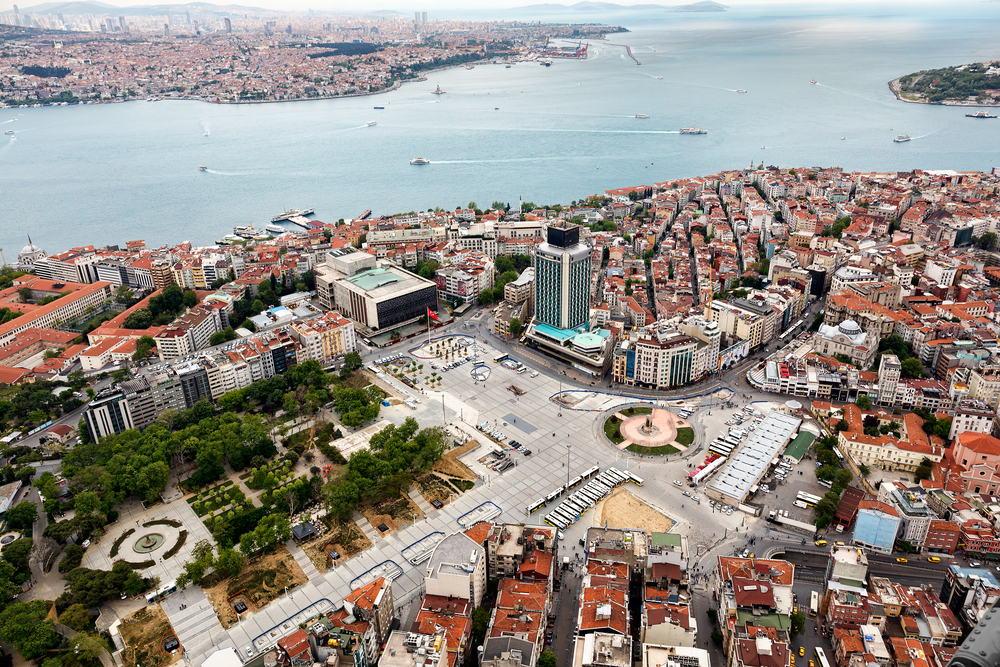
If you’re exploring Istanbul during recovery, keep it light: Bosphorus views, open-air cafés, and gentle walks are fine; hammams, gyms, and crowded bazaars are not.
The Turkish Ministry of Health’s USHAŞ unit recommends avoiding excessive sunlight and sweating for at least ten days after surgery to prevent infection and graft displacement.
Aftercare & follow-up
By week 2, you can usually fly home safely. Doctor-led clinics offer digital follow-ups via WhatsApp or video to track shedding and early growth. The American Academy of Dermatology (AAD) notes that 80% of transplanted hairs begin visible regrowth between months 3 and 5, with final density reached around month 12.
And yes, Istanbul’s hospitality extends far beyond the procedure. We’ve seen doctors personally message patients months later just to check in. That’s not a marketing gesture; it’s part of what keeps Turkey’s medical tourism reputation strong.
Important Questions & Answers
How long does it take to see results after a hair transplant in Turkey?
Most patients notice early sprouting around the third month, but significant growth appears between months six and nine. Full density usually develops by month twelve. According to American Academy of Dermatology (AAD) data, up to 90% of transplanted hairs enter the active growth phase within the first year.
Can I travel right after surgery?
Yes, but timing matters. You can fly home within 48 hours, provided you follow your surgeon’s post-op instructions and avoid tight hats or headrests that touch the grafts. The Turkish Ministry of Health recommends scheduling a short in-person check before departure.
What’s the safest number of grafts for one session?
Between 2,500 and 4,500 grafts is considered safe for most FUE and Sapphire FUE cases. PubMed research found that exceeding this range increases transection and trauma risks, especially in single-day sessions.
How do I verify if my clinic is licensed?
Check the Ministry of Health’s online registry on “Healthcare Providers Authorized by the Ministry” at shgmturizmdb.saglik.gov.tr.
What’s included in an all-inclusive package?
A proper medical package should cover blood tests, consultation, anesthesia, surgery, PRP treatment, post-op wash, hotel stay, transfers, and aftercare kit. Anything beyond that, especially “unlimited grafts” or “celebrity surgeon” claims, deserves a second look.
Are female and beard transplants handled differently?
Yes. Female and beard restoration require finer grafts and smaller incision tools, often performed using DHI or Sapphire FUE for precision. The best surgeons adjust angle, density, and growth direction to match natural hair texture.
Can I have a second hair transplant in the future?
Usually yes, but only if the donor area remains healthy. According to ISHRS guidelines, secondary procedures should be spaced at least 12–18 months apart to preserve follicle supply and scalp integrity.
Trusted Resources
- International Society of Hair Restoration Surgery (ISHRS): Ethical and technical standards for hair restoration surgeons.
- Turkish Ministry of Health (Sağlık Bakanlığı): Licensing and patient protection framework.
- USHAŞ International Health Services: Government body assisting foreign patients.
- American Academy of Dermatology (AAD): Research on scalp health and recovery.
- PubMed / NIH Library: Peer-reviewed studies on FUE, DHI, and post-op outcomes.